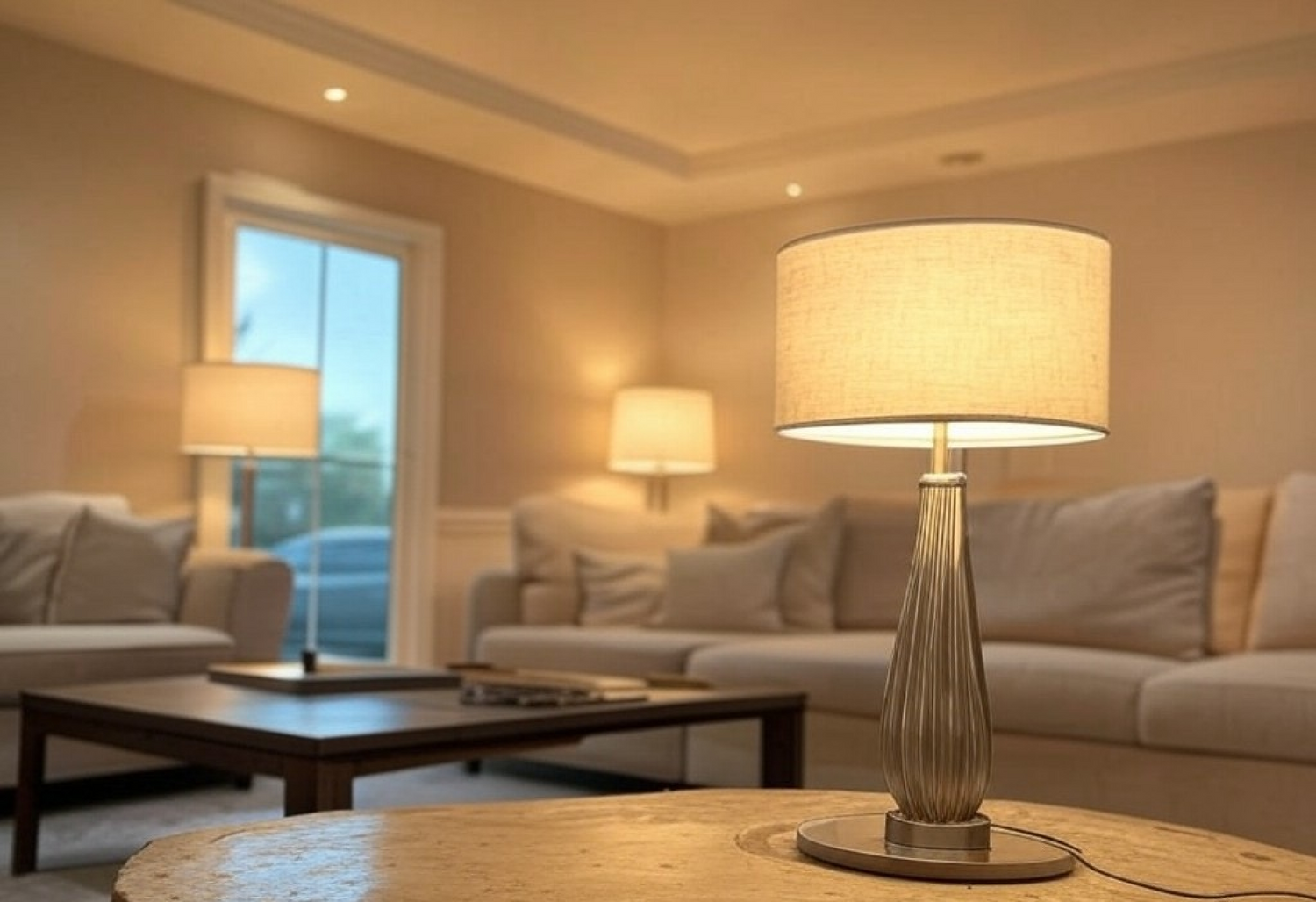Lighting plays a crucial role in setting the mood and functionality of a space, but it’s easy to make mistakes when it comes to choosing and arranging lighting. Here are some common lighting mistakes and tips on how to avoid them:
1. Overlooking Layered Lighting
One of the most common mistakes is relying on a single light source, like an overhead ceiling light. This can lead to uneven lighting, with areas of a room being too bright or too dim. The key to a well-lit space is layered lighting—a combination of ambient (general), task (focused), and accent (decorative) lighting. By using all three types of lighting, you can create a balanced and versatile lighting scheme that suits various activities and moods.
2. Choosing the Wrong Color Temperature
The color temperature of your lighting can dramatically change the feel of a room. Warm lighting is ideal for creating a cozy, relaxed atmosphere, while cooler lighting is better for task-oriented spaces like kitchens. Choosing the wrong color temperature can make a room feel uninviting or cause eye strain. Be mindful of the purpose of each space and select lighting with the appropriate color temperature.
3. Placing Lights in the Wrong Areas
Poor placement of lighting fixtures can lead to shadows, glare, or uneven light distribution. For instance, placing a bright overhead light directly above a reading area can create uncomfortable glare. Instead, focus on placing lights where they’ll be most effective—use task lighting in workspaces and accent lighting to highlight architectural features or artwork. Consider adjustable fixtures that allow you to direct light exactly where it’s needed.
4. Not Using Dimming
Many people forget the importance of dimming controls, which allow you to adjust the lighting based on the time of day or the activity taking place. In the evening, softer lighting can create a more relaxed atmosphere, while brighter settings are ideal for tasks or work. Installing dimmable lights gives you flexibility and control over the ambiance, enhancing both function and comfort.
5. Underestimating Lighting’s Role in Functionality
Lighting is not just about aesthetics; it also needs to meet functional needs. In kitchens, bathrooms, and offices, bright, clear lighting is essential for performing tasks safely and efficiently. In contrast, living rooms and bedrooms benefit from softer, more ambient lighting. Be sure to choose the right type of lighting for the tasks you’ll be performing in each room, ensuring that your space is both beautiful and functional.
6. Using Too Many Lights in Small Spaces
Overloading a small room with too many light fixtures can make the space feel crowded and overwhelming. Instead, opt for lighting that provides ample coverage without cluttering the room. Use recessed lighting, wall sconces, or smaller, focused fixtures to keep the space open and airy, while still providing effective illumination.
By avoiding these common lighting mistakes, you can ensure that your home is both well-lit and inviting, creating the perfect atmosphere for any activity. A thoughtful approach to lighting design can make all the difference in enhancing your space’s comfort, functionality, and visual appeal.




